
Denmark - S-tog commuter trains of Copenhagen
For a full scale picture, please click on the picture shown !
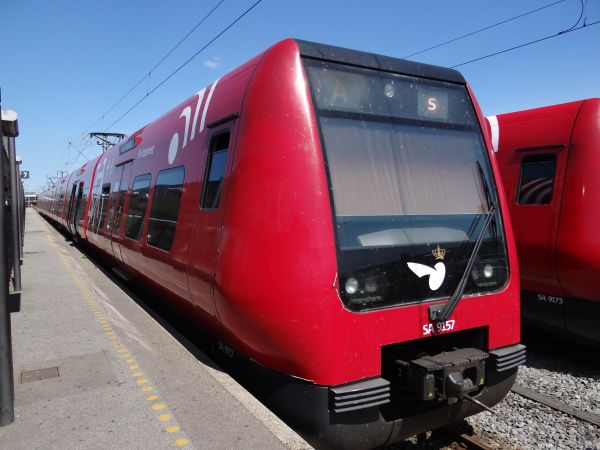
Currently all the København commuter trains, the so called S-tog,
are of one and the same type. The fourth generation of S-tog trains are of the class SA (8 coaches) or its
shortened variant class SE (4 coaches). They are wider than normal
trains, but their coaches are very short. There are only individual axles instead of full bogies placed under
the junctions of coaches. All these features make these trains quite special and also well suited for large
numbers of passengers
quickly moving in and out. The first ones of these trains were built by Alstom and Siemens in 1996 in Germany, after which
Adtranz and Bombardier built more of them in Randers, Denmark 1999-2006.
Picture of a class SA train at Køge station 11.7.2013 by Ilkka Siissalo.
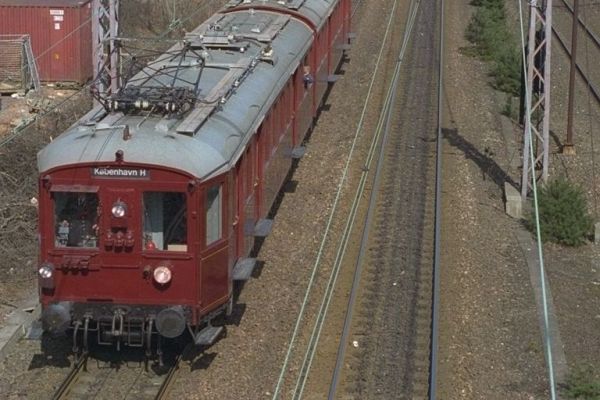
S-train of the 1st generation restored and run by a volunteer group of staff.
Photo from Charlottenlund 5th of April 1996 by Erik Hjelme.
Uploaded May 20, 1996.
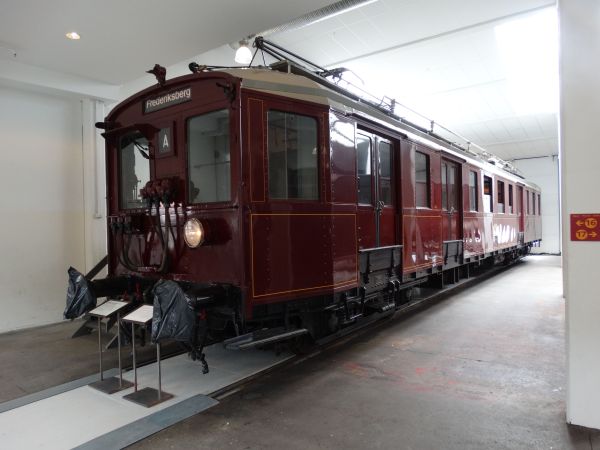
A first generation København S-tog from the year 1933, built by Frichs in Århus. It is nowadays kept at the national railway
museum of Denmark in Odense.
Picture 10.7.2016 by Ilkka Siissalo.
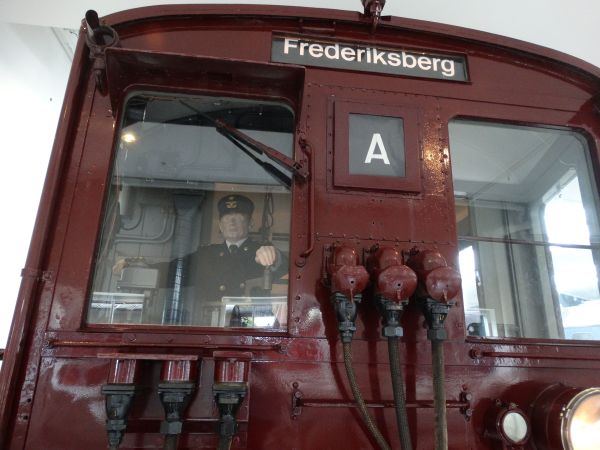
A detail of the same train as above. Driving these trains in the 1930s was still done while standing and was quite a
different job from what it is today.
Photo from national railways museum of Denmark in Odense 10.7.2016 by Ilkka Siissalo.
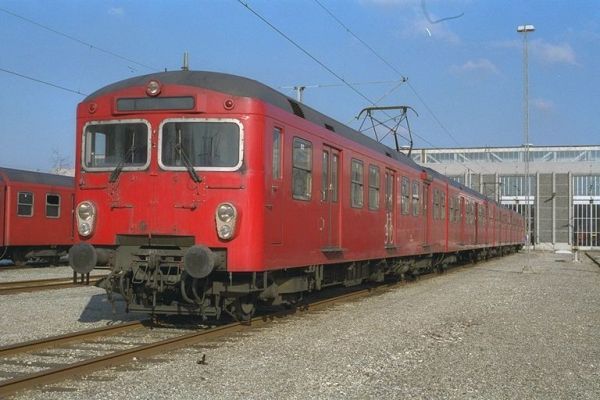
S-train of the 2nd generation built from 1967 onwards. Photo from Høje Taastrup 19 March 1996 by Erik Hjelme.
Uploaded May 20, 1996.
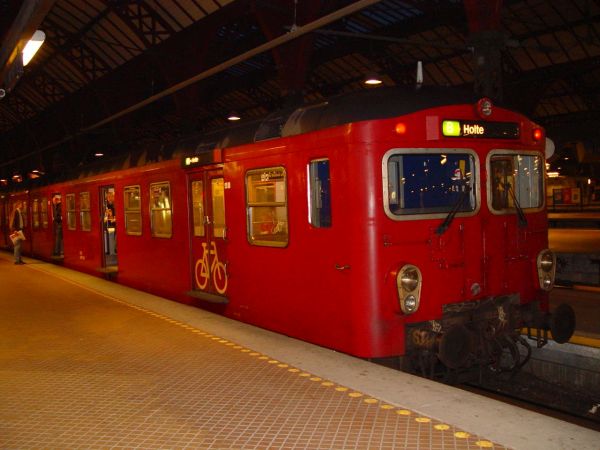
Some of the second generation S-tog trains were still in use in 2004 when Sanna Siissalo took this picture at
København central station 20.4.2004. There was at a certain time quite a scandal, as it was found out that these trains
contained asbestos in such a manner that passengers and personnel could have been for years inhaling asbestos particles.
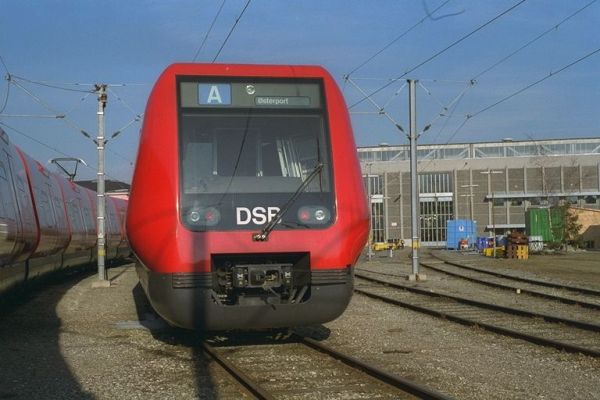
This picture was taken in 1996 as the S-trains of the new 4th generation had not yet even entered service. Two units were
used for tests and driver training. The car body is very wide indeed, and some work had to be done to the infrastructure to
accommodate the extra width.
Photo from Høje Taastrup 19 March 1996 by Erik Hjelme.
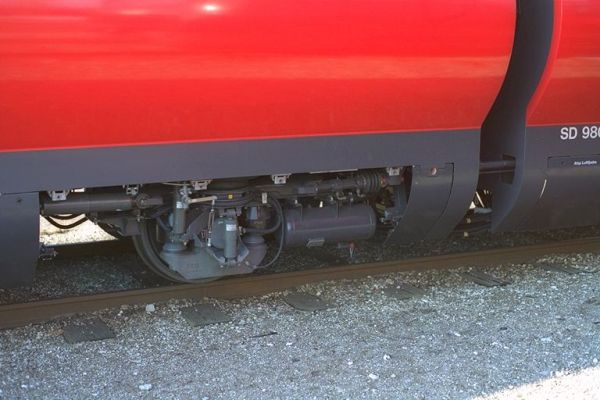
S-trains of the new 4th generation run on single axle bogies controlled
by hydralic cylinders. In normal service the mechanism is covered by panels.
Photo in Høje Taastrup 19 March 1996 by Erik Hjelme.
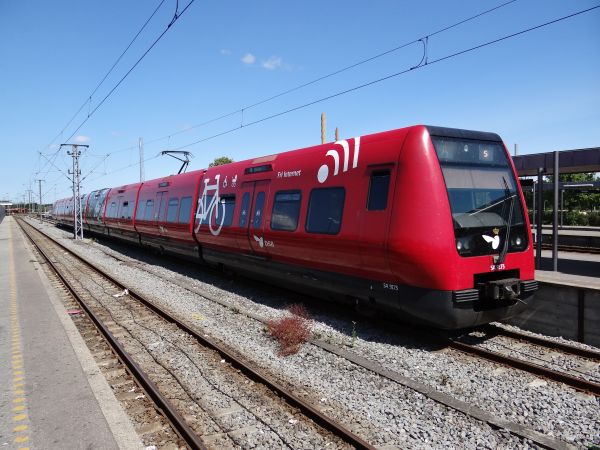
A bit better picture of the 4th generation S-tog train. Picture from Køge 11.7.2011 by Ilkka Siissalo.
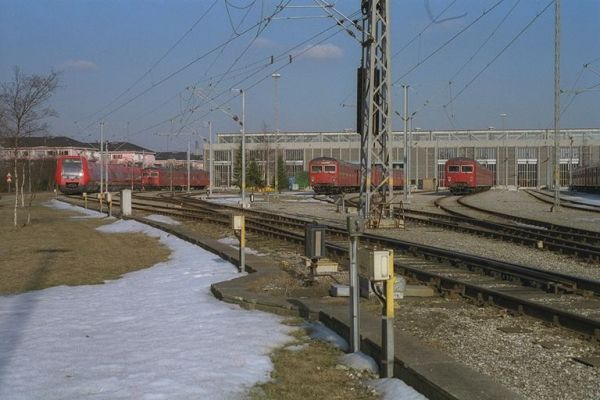
The main depot and workshops of the S-trains in Høje Taastrup in March 1996. Photo from Høje Taastrup 19 March 1996 by Erik Hjelme.
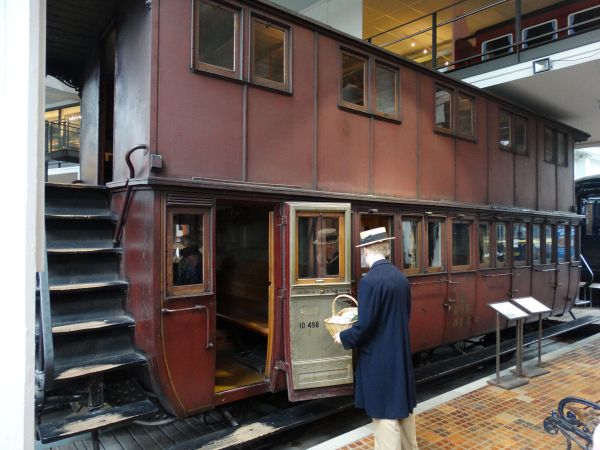
Already well before the time of the S-togs, commuter traffic around København was crowded. DSB built a large number, up to 60
coaches, of these doubledeckers until 1901. They were not at all popular as they were small and crowded and as the technology of
the time made them to swing from side to side like ships in high seas in a nasty manner. They soon got a nickname "Bismarck",
referring to the famous German chancellor and arch enemy of Denmark.
Picture from the Danish national railway museum in Odense 10.7.2016 by Ilkka Siissalo.

